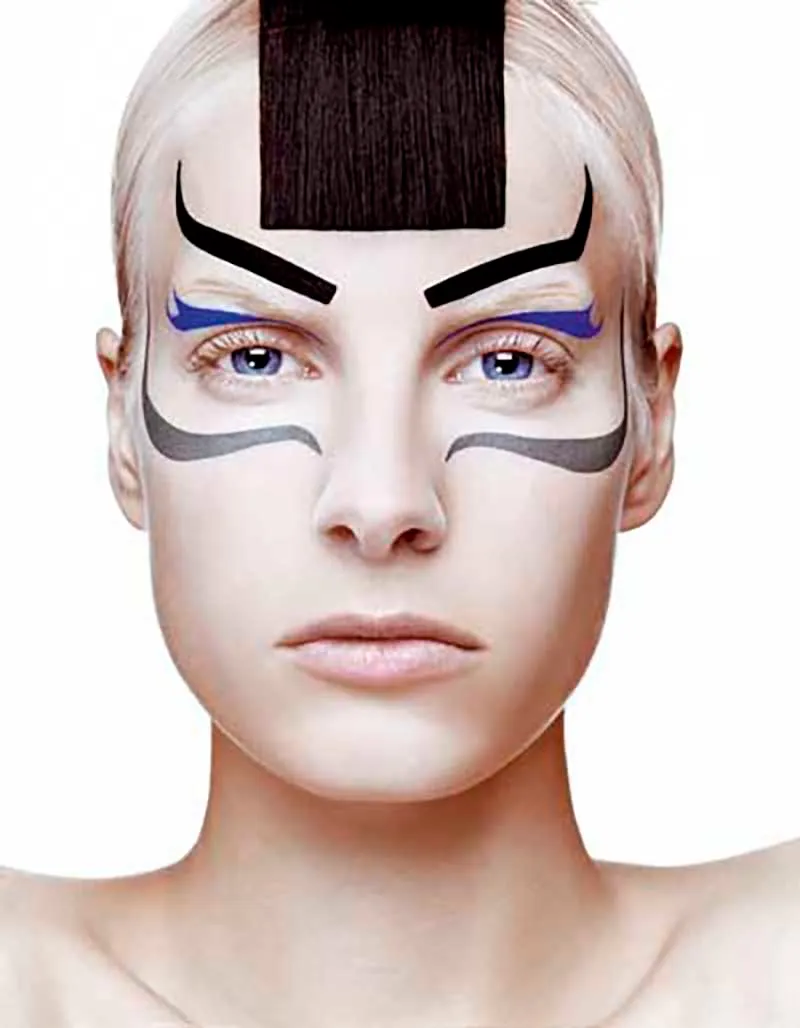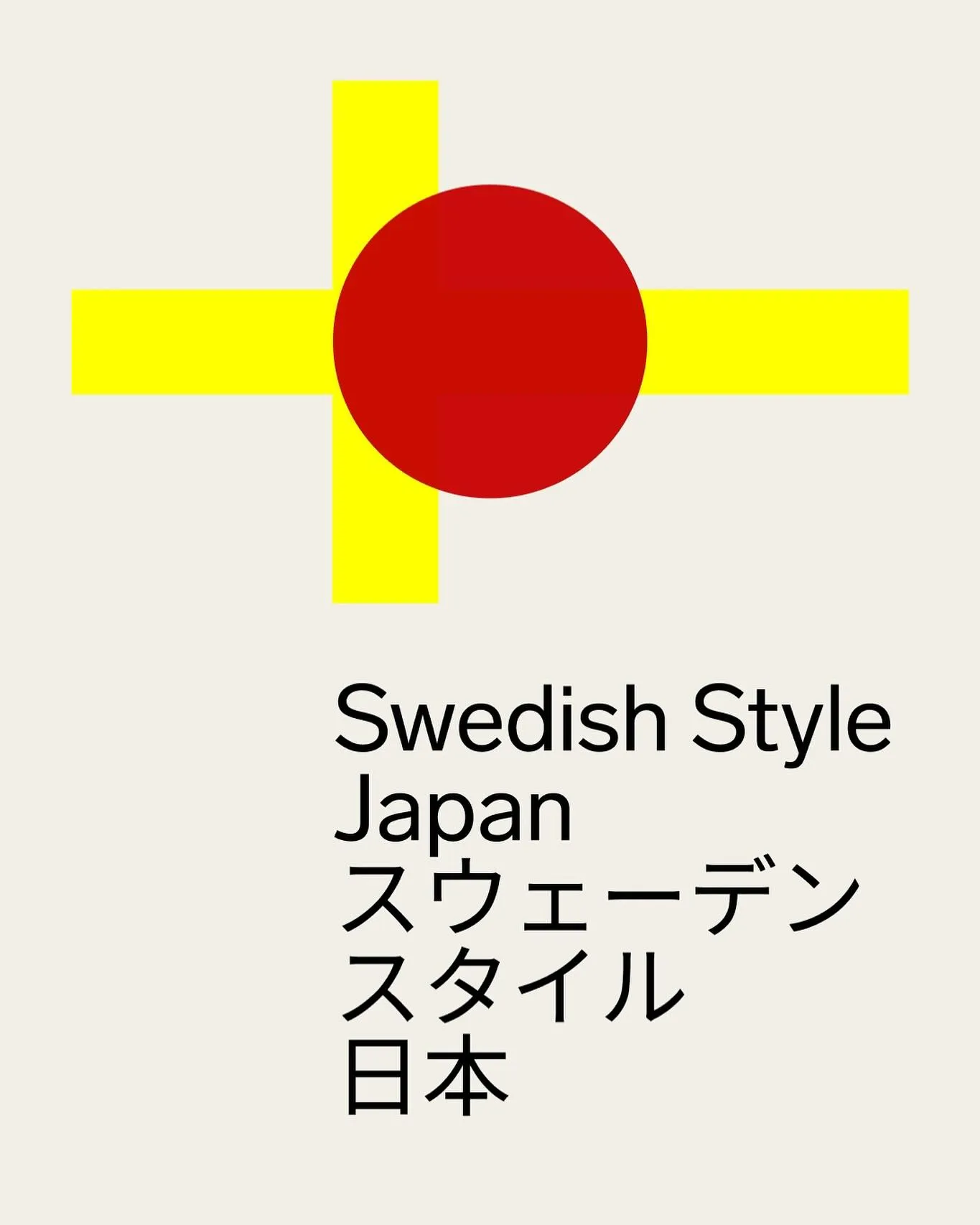Swedish Style Returns to Tokyo for 25th Anniversary Celebration
Quarter-century milestone marks continued cultural exchange between Swedish and Japanese design communities
TOKYO, JAPAN – October 2025 – Swedish Style, the influential platform connecting Swedish design, fashion, music, food, and culture with Japanese audiences, marks its 25th anniversary this autumn with a comprehensive program of exhibitions, networking events, and dialogues featuring over 20 Swedish companies and designers.
Initiated in 1999 in collaboration with the Swedish Embassy in Tokyo, Swedish Style has evolved from its inaugural presentations into a sustained bridge between Scandinavian and Japanese creative communities. The platform’s longevity reflects genuine interest in Swedish design practices and has established lasting collaborations across both cultural and commercial sectors that continue to develop today.
“Swedish Style has consistently demonstrated that cultural exchange creates value beyond immediate commercial outcomes,” notes a representative from the Swedish Embassy in Tokyo. “The relationships formed through these programs have matured into genuine dialogues between Swedish and Japanese designers, enriching both design traditions.”
The 2025 program centers on DesignArt Tokyo, running October 31 through November 9, with events produced in partnership with the Swedish Embassy, Business Sweden, the Swedish Chamber of Commerce in Tokyo, and Japanese collaborators. Activities include curated exhibitions, professional dialogues, and opportunities for direct engagement between Swedish creators and Japanese design professionals.
Svensk Form organized the 10th anniversary celebration in 2009, and the platform has maintained consistent programming throughout the intervening years. Notable initiatives include the Young Swedish Design exhibition in Tokyo in 2018, collaborative projects pairing Swedish and Japanese designers, and cultural programs developed with the Swedish Institute.
The platform’s approach prioritizes substantive creative exchange over promotional spectacle. By facilitating direct contact between makers, retailers, and cultural institutions, Swedish Style has contributed to Japanese understanding of contemporary Swedish design practice while exposing Swedish designers to Japanese aesthetic sensibilities and manufacturing expertise.
Program Details: Complete schedule and event information available through the Swedish Style calendar. Follow ongoing updates via Instagram: @swedishstyleglobal
https://www.instagram.com/swedishstyleglobal/
HISTORICAL CONTEXT:
SWEDISH STYLE IN TOKYO 2001
 Swedish Style in Tokyo marked a pivotal moment in Scandinavian-Japanese design relations when it took over the Japanese capital in October 2001. With 200 participants delivering 50 events across 30 venues, the ambitious program demonstrated Sweden’s emerging position as a design superpower at the turn of the millennium.
Swedish Style in Tokyo marked a pivotal moment in Scandinavian-Japanese design relations when it took over the Japanese capital in October 2001. With 200 participants delivering 50 events across 30 venues, the ambitious program demonstrated Sweden’s emerging position as a design superpower at the turn of the millennium.
The event’s credibility was anchored by HRH Crown Princess Victoria’s participation, her first visit to Japan, lending cultural gravitas to what might otherwise have been dismissed as a trade promotion. More significantly, the program succeeded through strategic partnerships with influential Japanese tastemakers. IDÉE’s Teruo Kurosaki integrated Swedish designers into Tokyo Designers Block, while BEAMS created a dialogue between Thomas Sandell’s contemporary minimalism and Bruno Mathsson’s modernist legacy. These collaborations positioned Swedish design within Japanese design discourse rather than as an exotic import.
The design program revealed the breadth of Swedish contemporary practice, from established names like Åke Axelsson to emerging voices from Konstfack. Exhibitions at Hillside Forum and PG COAD’s spaces in Shinjuku presented furniture companies including Blå Station, Iform, and Materia alongside textile designer Cilla Ramnek, showcasing the integration of craft traditions with industrial production that would define Nordic design’s international appeal.
Fashion presentations featuring J Lindeberg, Rodebjer, and Whyred introduced Swedish fashion’s aesthetic to a market known for its discerning taste. The inclusion of Pia Wallén’s textile work alongside ready-to-wear collections demonstrated the permeable boundaries between disciplines that characterized Swedish creative output.
Photographer Mikael Jansson’s exhibition at Omni Gallery, curated alongside glass artist Ingegerd Råman and Stockholm New magazine, represented the event’s most sophisticated cultural offering. The pairing of Jansson’s fashion photography with Råman’s refined glasswork articulated the visual language that would come to define contemporary Swedish aesthetics.
The culinary program, featuring chefs Robert and Rikard Nilsson with ABSOLUT as main sponsor, anticipated the New Nordic cuisine movement that would emerge over the following decade. Swedish Style in Tokyo proved prescient in recognizing gastronomy as integral to design culture rather than ancillary entertainment.
The event’s expansion to Yokohama and Yamagata, including the inauguration of a Carl and Karin Larsson room, connected contemporary practice to Sweden’s design heritage. This historical consciousness, combined with forward-looking collaborations, established a framework for Swedish design’s international positioning that remains influential today.
ABOUT SWEDISH STYLE:
Swedish Style is a cultural platform established in 1999 to facilitate exchange between Swedish and Japanese creative communities across design, fashion, culture, and lifestyle sectors. Operating in partnership with the Swedish Embassy in Tokyo, Business Sweden, and the Swedish Chamber of Commerce, the platform creates opportunities for dialogue and collaboration between Scandinavian and Japanese designers, manufacturers, and cultural institutions.

